Extraordinary
Surgical Outcomes
Low trauma, high precision blades.
Low Trauma
Planatome produces highly uniform, molecularly perfected surgical blades. Nano-polished with technology spun out of the semiconductor industry, the blades give surgeons control of the incision with clean margins and low surface roughness.
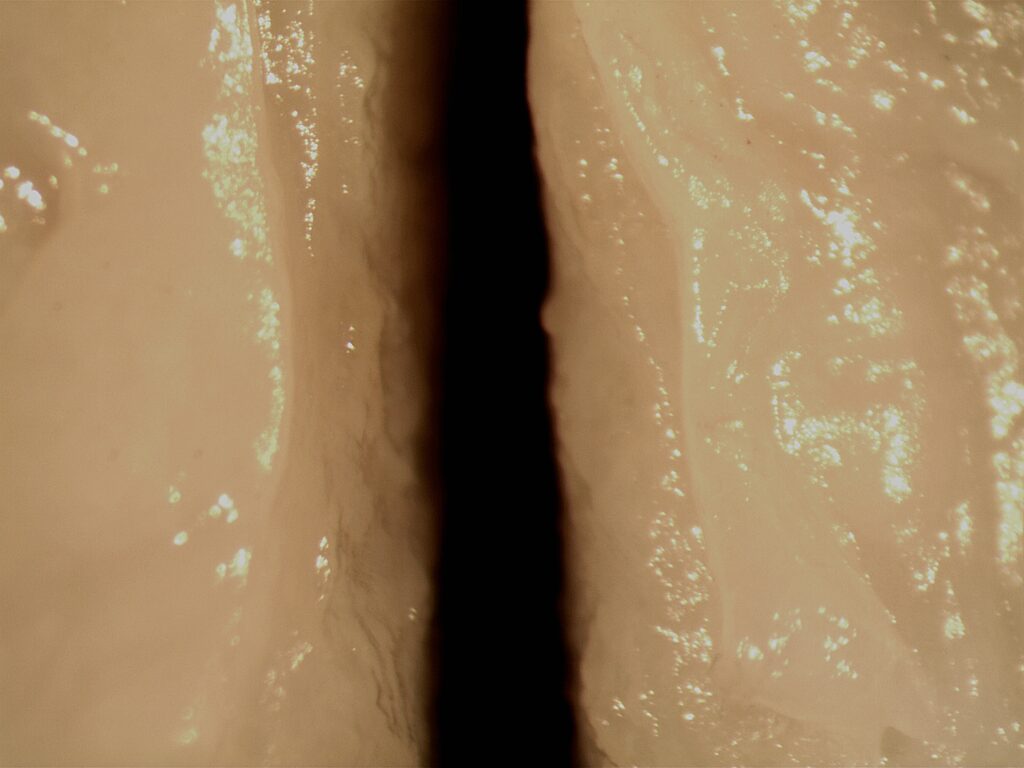
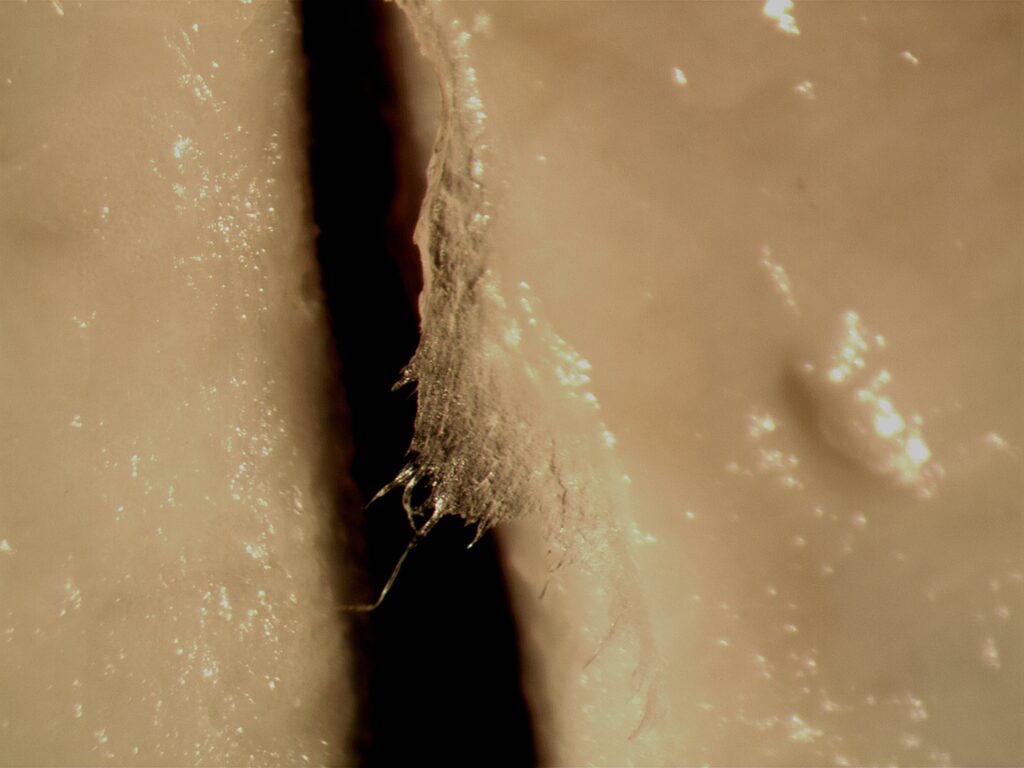
High Precision
Polished blades give surgeons clean margins and an even cut throughout the incision. From opening to closing, there is low surface tension and surgeons have precise control of the procedure.
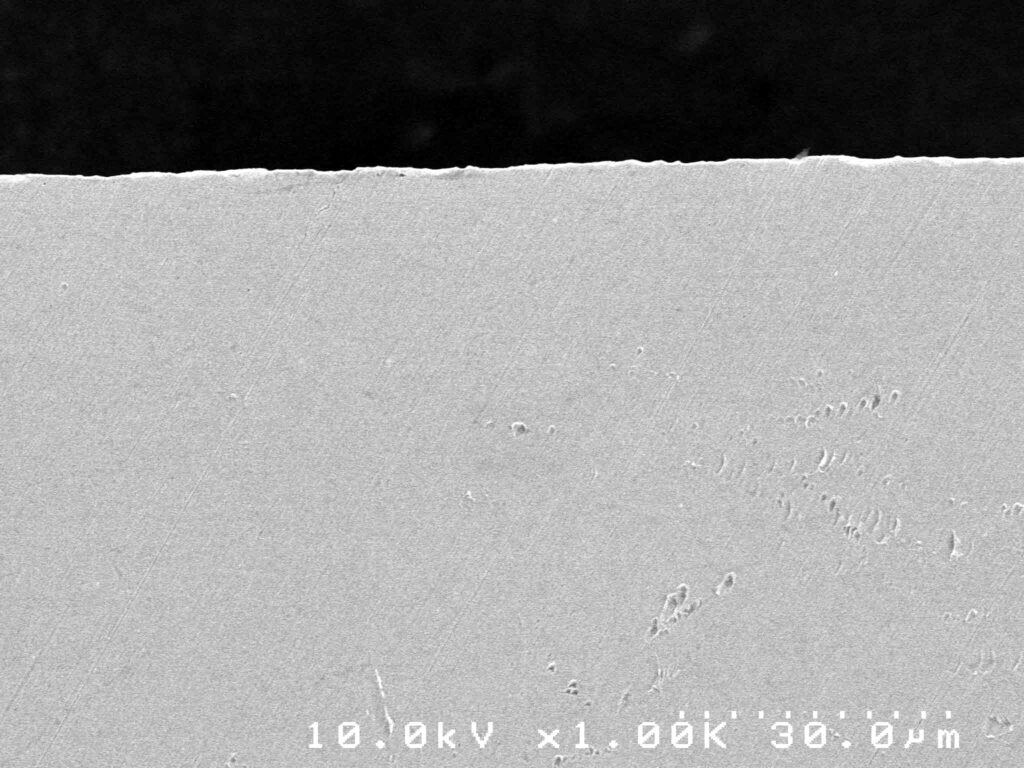
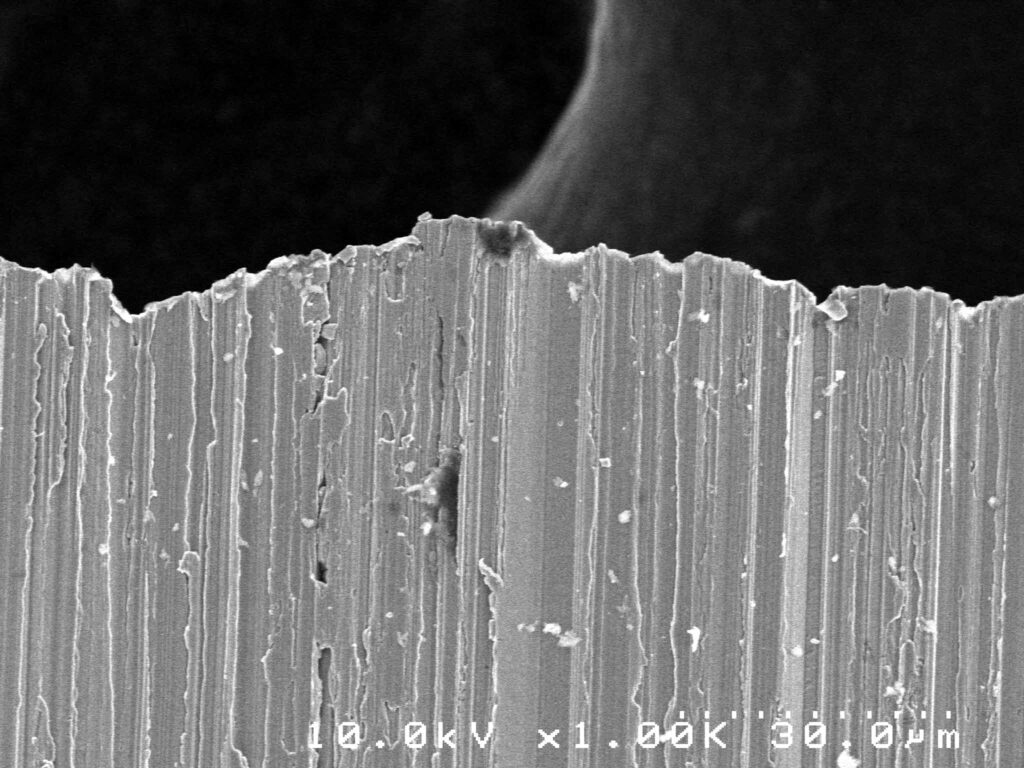
Superior Healing
With low trauma and less soft tissue damage using Planatome surgical blades, post-procedure incisions have less inflammation, more uniform collagen disposition, less scarring, and heal faster.

Superior Surgical Efficiency and Outcomes: The Economic Advantages of Planatome® Nano-Polished Surgical Blades
This whitepaper provides an economic analysis and justification for hospital executives, administrators, and clinicians to support the adoption of Planatome® Nano-Polished Surgical Blades. We focus on the benefits of clinical superiority and enhanced operational efficiency through improved performance, durability, procedural efficiency, safety, and adherence to ESG principles.
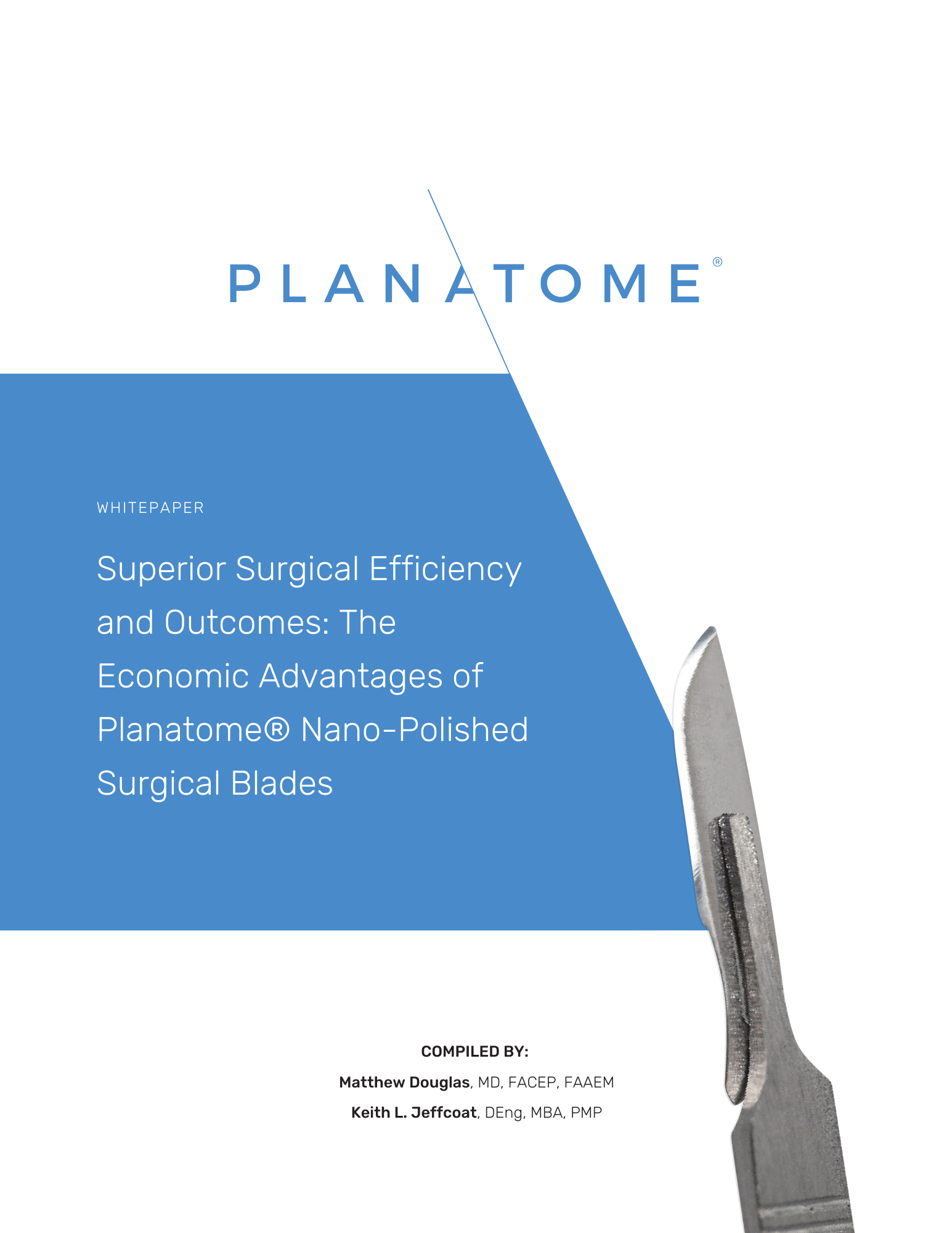

Love the precision and consistency of the Planatome blades. Precision is the key to Aesthetic Surgery and the consistency helps to minimize the patient to patient variation we see in our practice. Definitely get less bleeding which help my visibility in creating intricate incisions on the eyelid.
Dr. Steven Fagien, MD, FACS
Latest News
-
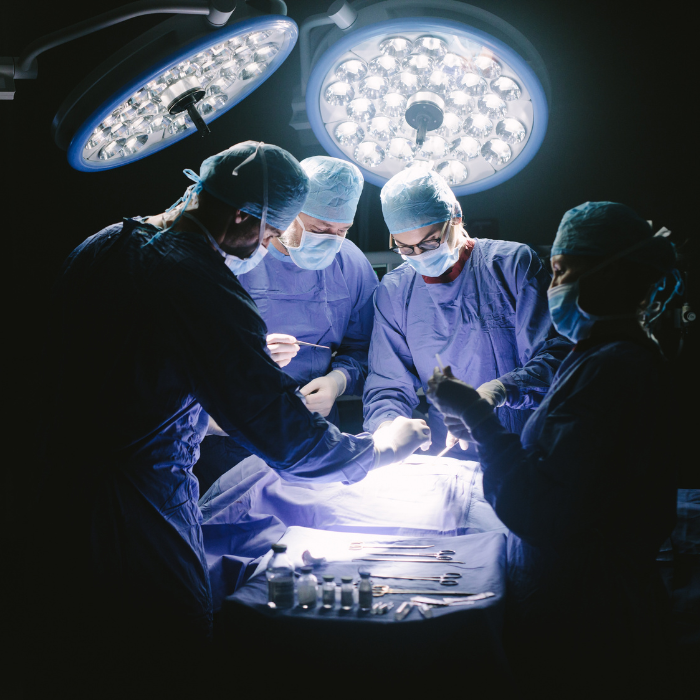 Article / In Business Magazine PHX
Article / In Business Magazine PHXMedical Transformation One Incision at a Time
Medical Transformation One Incision at a Time Despite the remarkable progress in medical technology, shockingly, mechanical cutting tools such as…
-
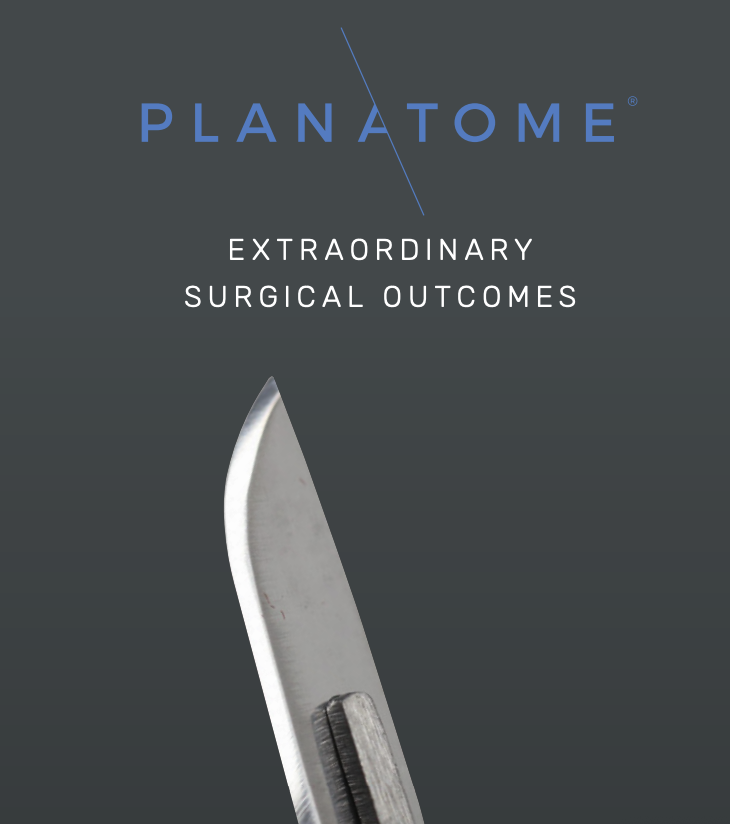 Article / In Business Magazine PHX
Article / In Business Magazine PHXMedical Device Tech Co. Completes Spinout from Parent Company, Bolsters Executive Team with Key New Hires
Medical Device Tech Co. Completes Spinout from Parent Company, Bolsters Executive Team with Key New Hires Planatome, a medical device…
-
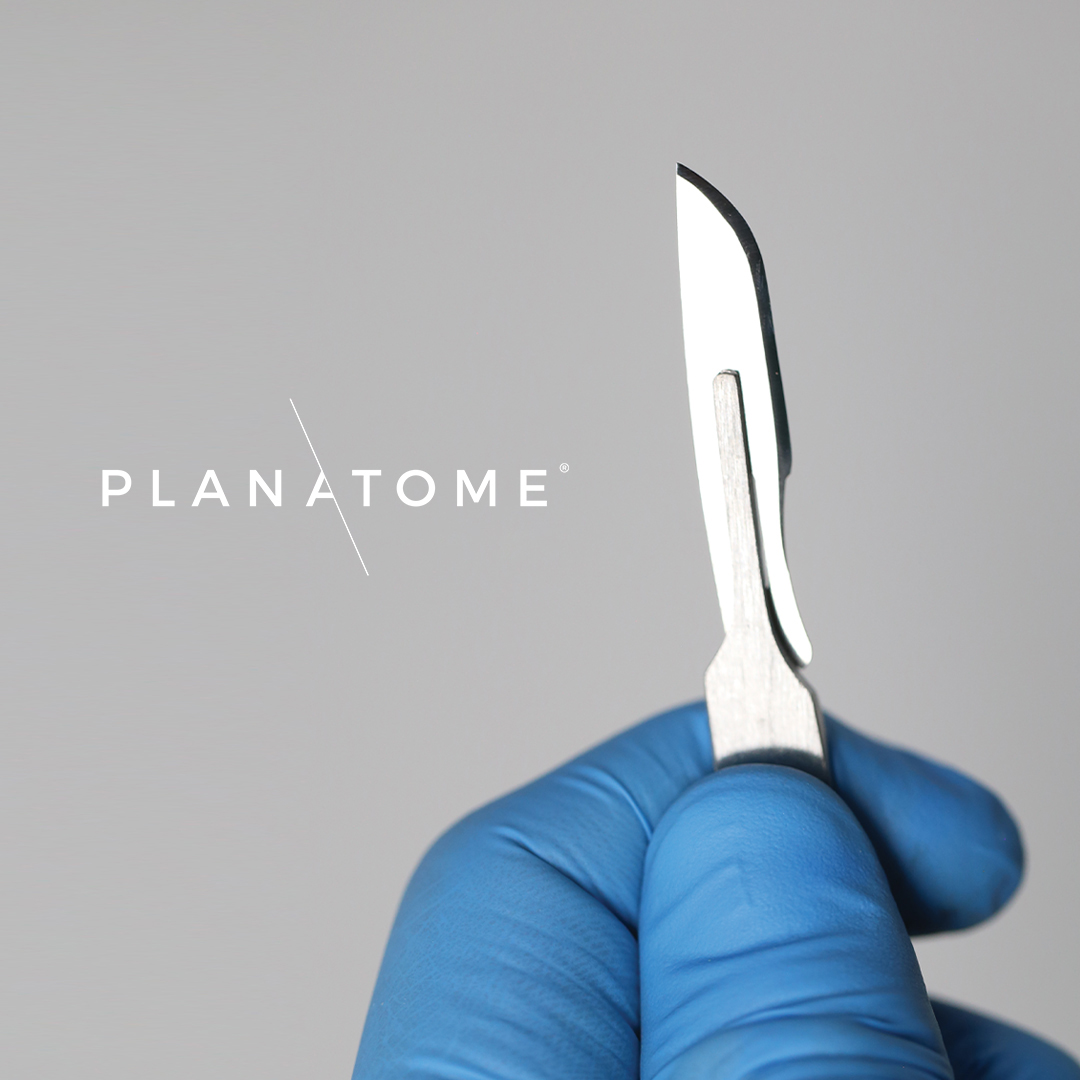 News / Press Release
News / Press ReleasePlanatome Completes Spinout from Parent Company, Bolsters Executive Team with Key New Hires
Advanced medical technology company produces low-trauma, high-precision surgical blades that lead to better patient outcomes.